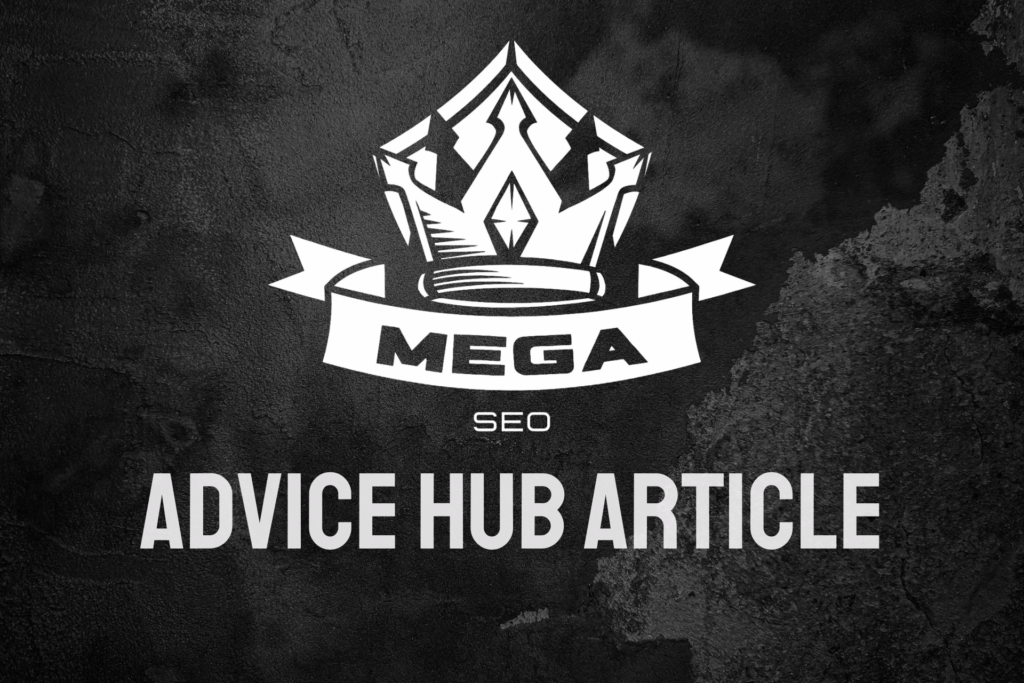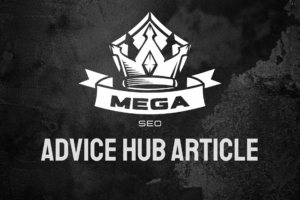Website architecture forms the backbone of your site’s SEO performance, determining how easily search engines can crawl and index your content. Proper site structure not only enhances user experience but also distributes link equity effectively throughout your pages, leading to better search rankings and increased organic traffic.
What Makes Good Website Architecture for SEO?
Effective website architecture follows a clear hierarchical structure, making it simple for both users and search engines to navigate through your content. The ideal structure resembles a pyramid, with your homepage at the top, followed by main categories, and then subcategories and individual pages branching out below.
Why Does Website Architecture Matter for Search Rankings?
Search engines use your site’s structure to understand the relationships between different pages and determine their relative importance. A well-organised architecture helps distribute PageRank effectively and ensures all important pages are discoverable within a few clicks from the homepage.
How Should You Structure Your Website’s Navigation?
Your website’s navigation should follow these fundamental principles:
- Clear Main Menu: Keep your main navigation simple and intuitive, featuring your most important categories. This helps users find what they’re looking for quickly while signalling to search engines which pages matter most.
- Logical Categories: Group related content together in a way that makes sense to your users. This natural categorisation helps search engines understand your content’s context and relevance.
- Shallow Click Depth: Ensure important pages are accessible within three clicks from the homepage. This approach helps maintain link equity and makes it easier for search engines to discover and index your content regularly.
- Consistent Internal Linking: Implement a strategic internal linking structure that connects related content and helps users navigate through your site naturally.
What Role Does URL Structure Play in Website Architecture?
URLs should reflect your site’s hierarchy and help users understand their location within your website. Consider implementing these technical SEO best practices for URL structure:
- Hierarchical URLs: Structure URLs to show the relationship between pages (e.g., example.com/category/subcategory/page-name)
- Keyword Usage: Include relevant keywords in URLs naturally, without overoptimisation
- Short and Descriptive: Keep URLs concise while maintaining clarity about the page’s content
- Consistent Formatting: Use hyphens to separate words and maintain lowercase letters throughout
How Can You Improve Your Site’s Internal Linking Structure?
Internal linking plays a crucial role in website architecture and forms an essential part of on-page SEO strategy. Here’s how to optimise your internal linking:
- Strategic Link Placement: Position internal links naturally within your content where they provide value to users
- Descriptive Anchor Text: Use relevant, descriptive anchor text that helps users and search engines understand the linked page’s content
- Balanced Link Distribution: Ensure all important pages receive adequate internal links while avoiding excessive linking that could dilute value
- Related Content Links: Connect topically related pages to build content clusters and strengthen topical authority
What Technical Elements Support Good Website Architecture?
Several technical components contribute to effective website architecture:
XML Sitemaps
Create and maintain comprehensive XML sitemaps that list all important URLs on your site. This helps search engines discover and understand your content hierarchy more effectively.
HTML Sitemaps
Implement user-friendly HTML sitemaps to provide visitors with a complete overview of your site’s structure and improve navigation options.
Breadcrumb Navigation
Add breadcrumb trails to help users understand their location within your site’s hierarchy and provide additional navigation options. This element also supports local SEO efforts by helping search engines understand geographical relationships in your content.
How Should You Handle Content Organisation?
Proper content organisation strengthens your website’s architecture and supports off-page SEO efforts. Consider these approaches:
- Topic Clusters: Group related content together around main pillar pages to build topical authority and improve search visibility
- Content Hierarchy: Establish clear relationships between different content types and levels of importance
- Category Structure: Create logical categories and subcategories that align with user search intent and browsing patterns
- Content Depth: Maintain appropriate content depth while avoiding unnecessary page creation that could dilute site authority
How Can You Audit Your Current Website Architecture?
Regular audits help identify areas for improvement in your site’s architecture:
- Crawl Analysis: Use crawling tools to identify structural issues, broken links, and orphaned pages
- Click Depth Analysis: Evaluate how many clicks it takes to reach important pages from your homepage
- User Behaviour Analysis: Study analytics data to understand how users navigate through your site
- Link Distribution Review: Assess how link equity flows through your site and identify pages that need more internal links
Transform Your Website’s Performance with Expert SEO Support
Optimising website architecture requires careful planning and ongoing maintenance to ensure long-term SEO success. Our team of SEO specialists based in Wigan brings extensive experience in developing and implementing effective website architectures that drive organic growth.
Ready to improve your website’s architecture and boost your search engine rankings? Contact us today to discuss how we can help optimise your site’s structure for maximum SEO impact and user engagement.



